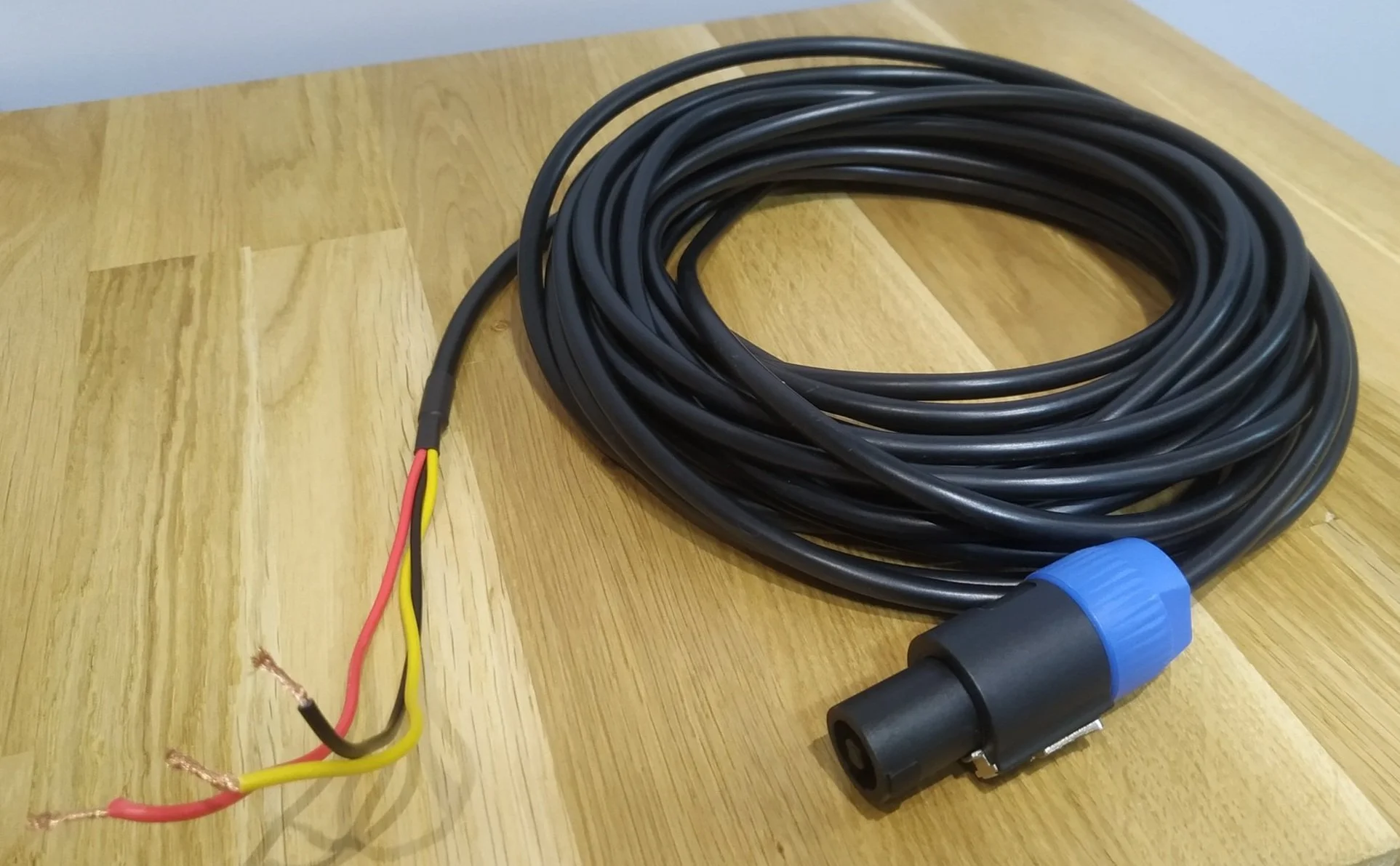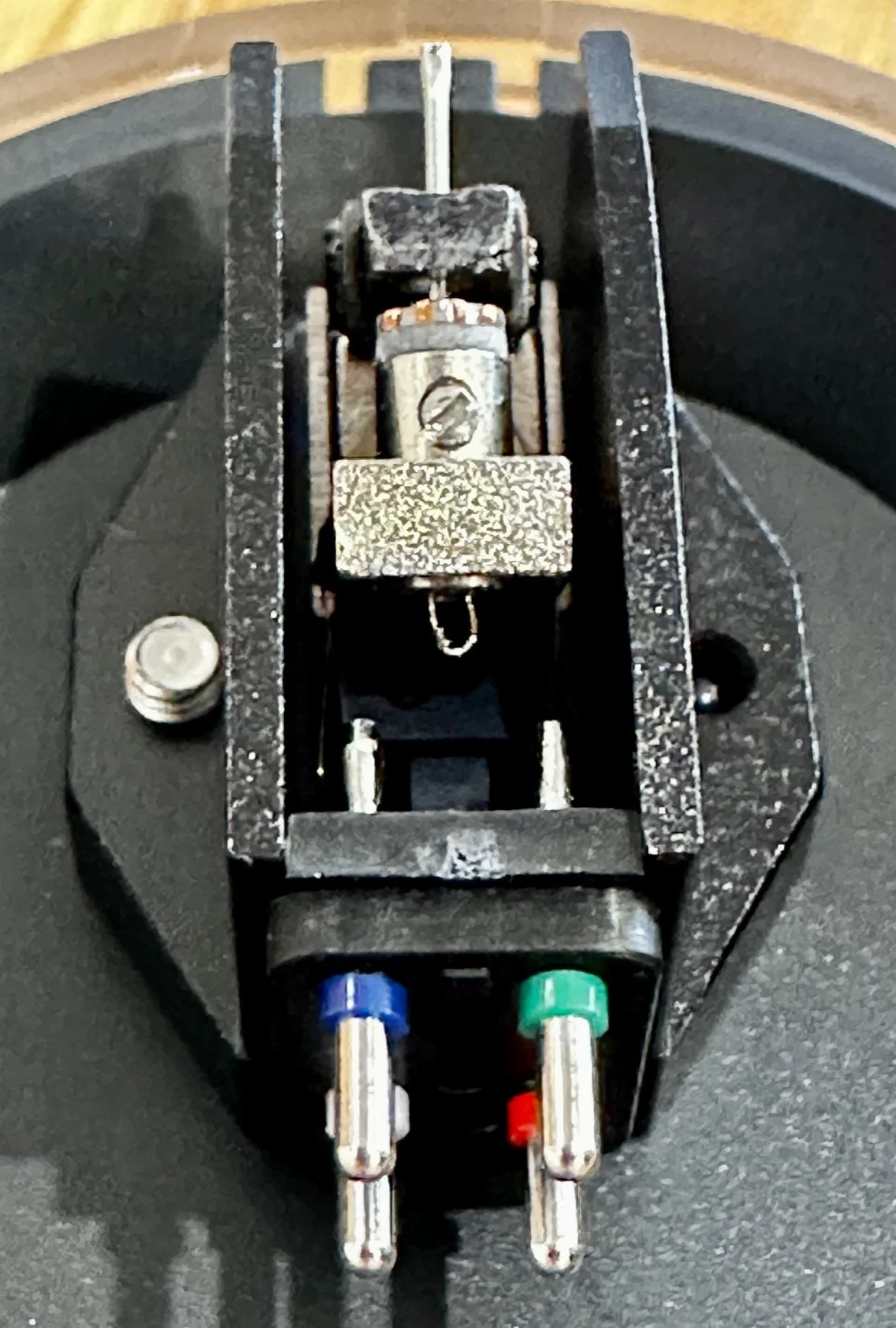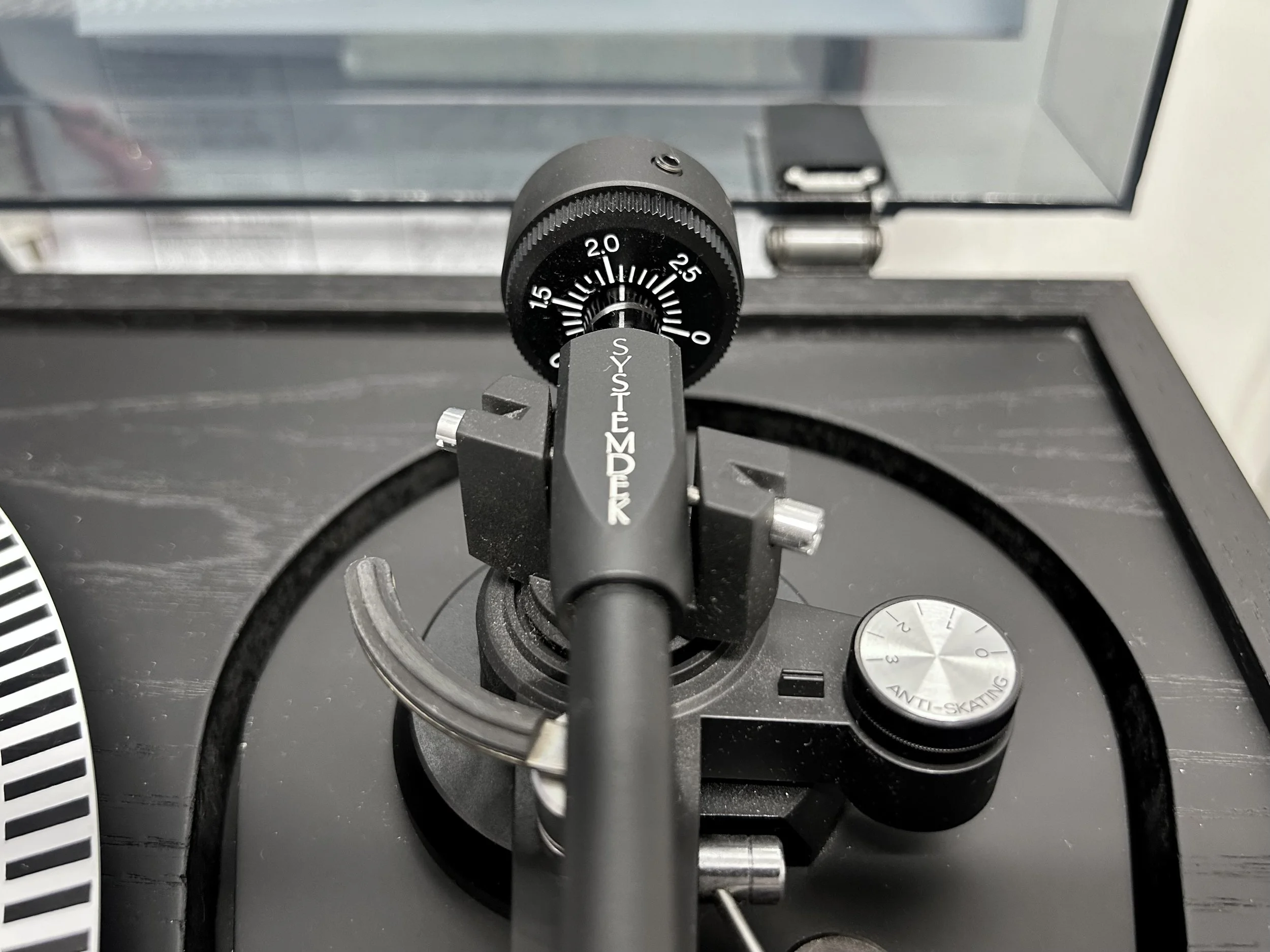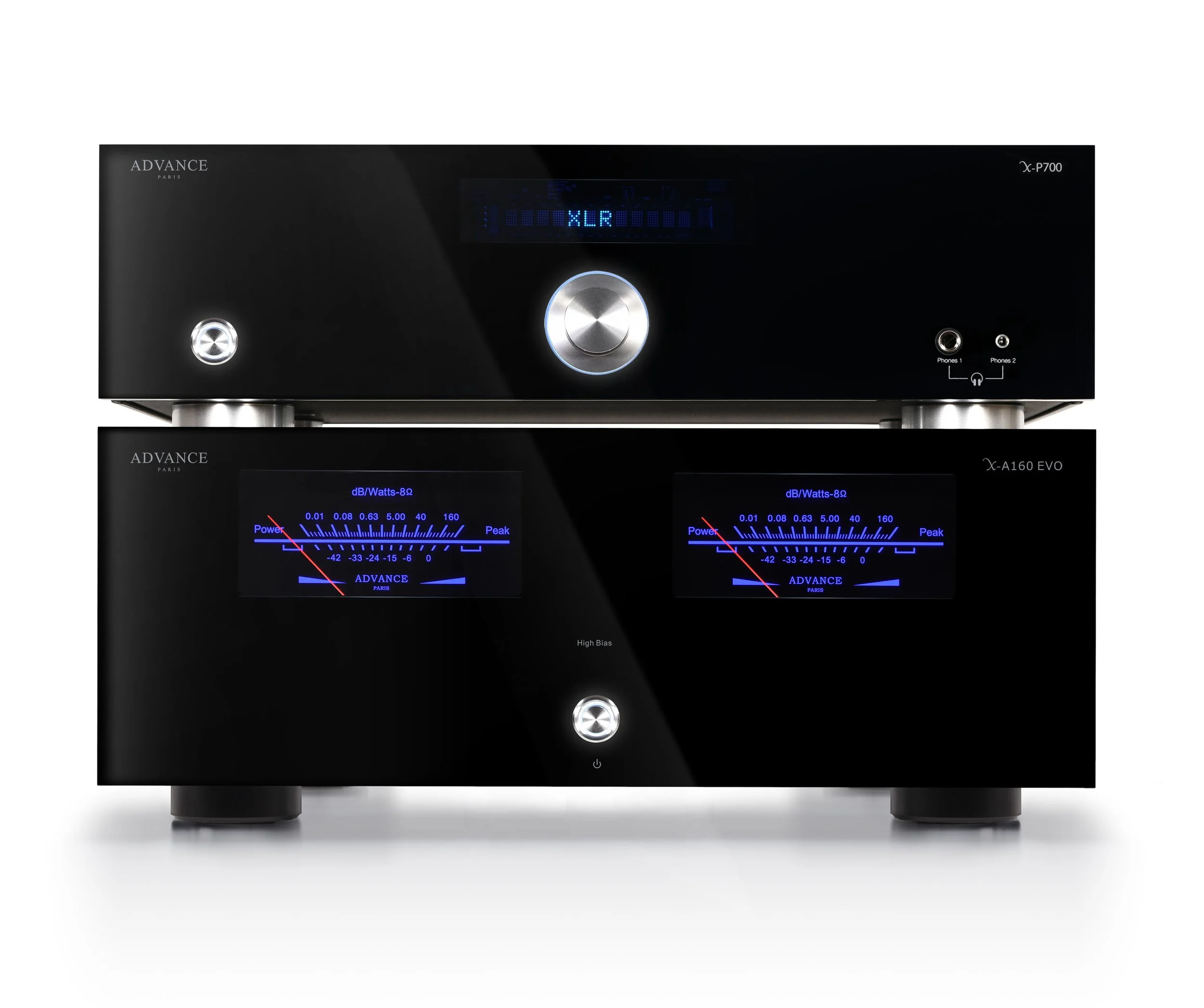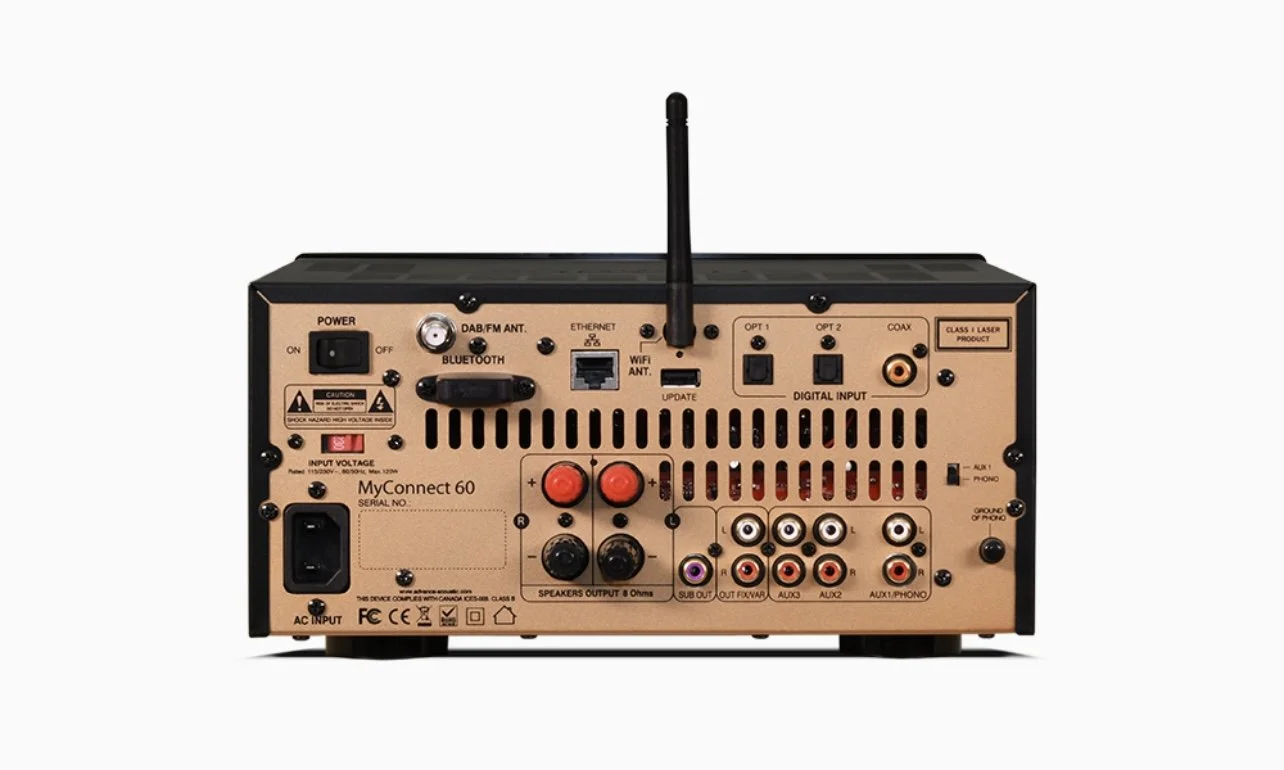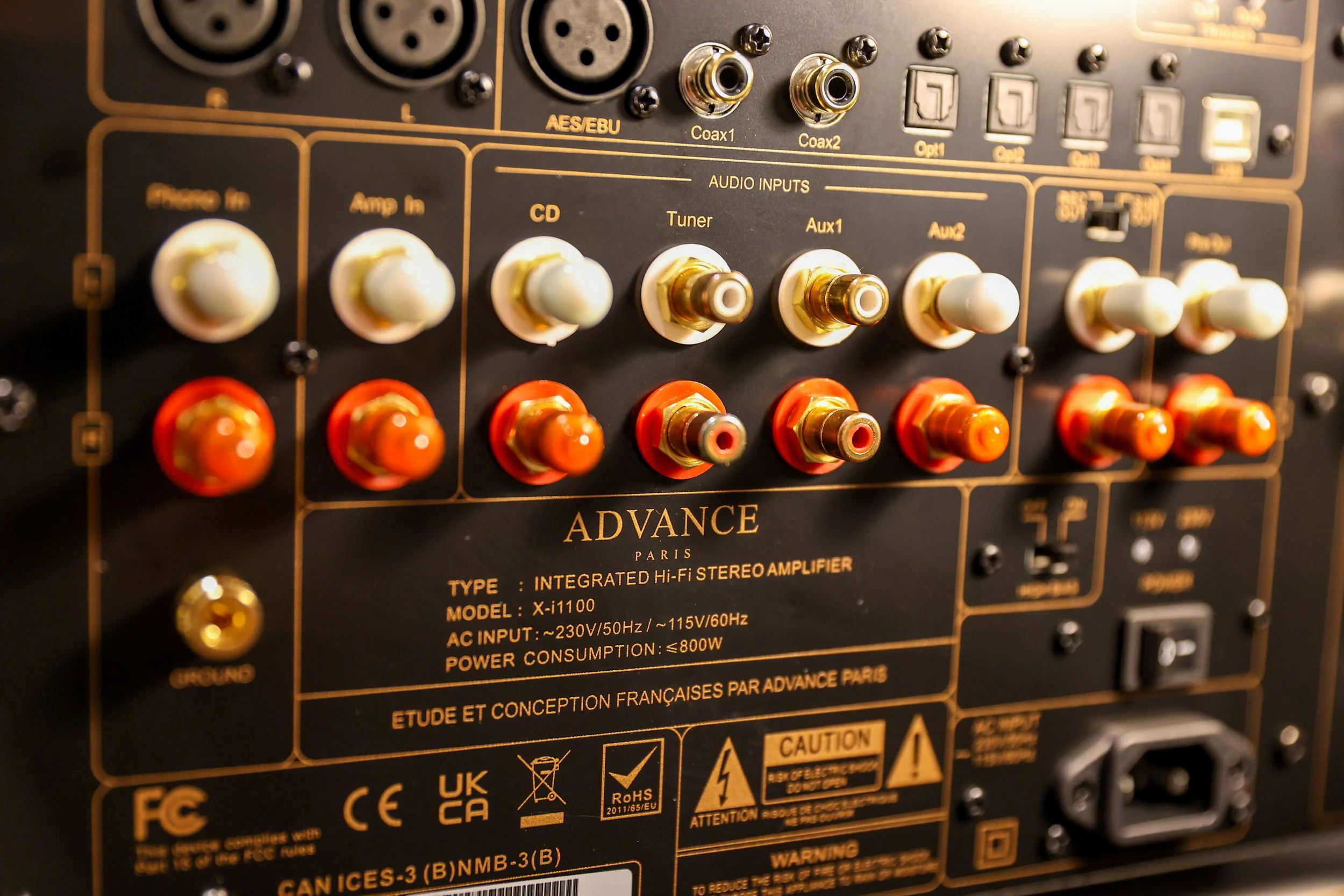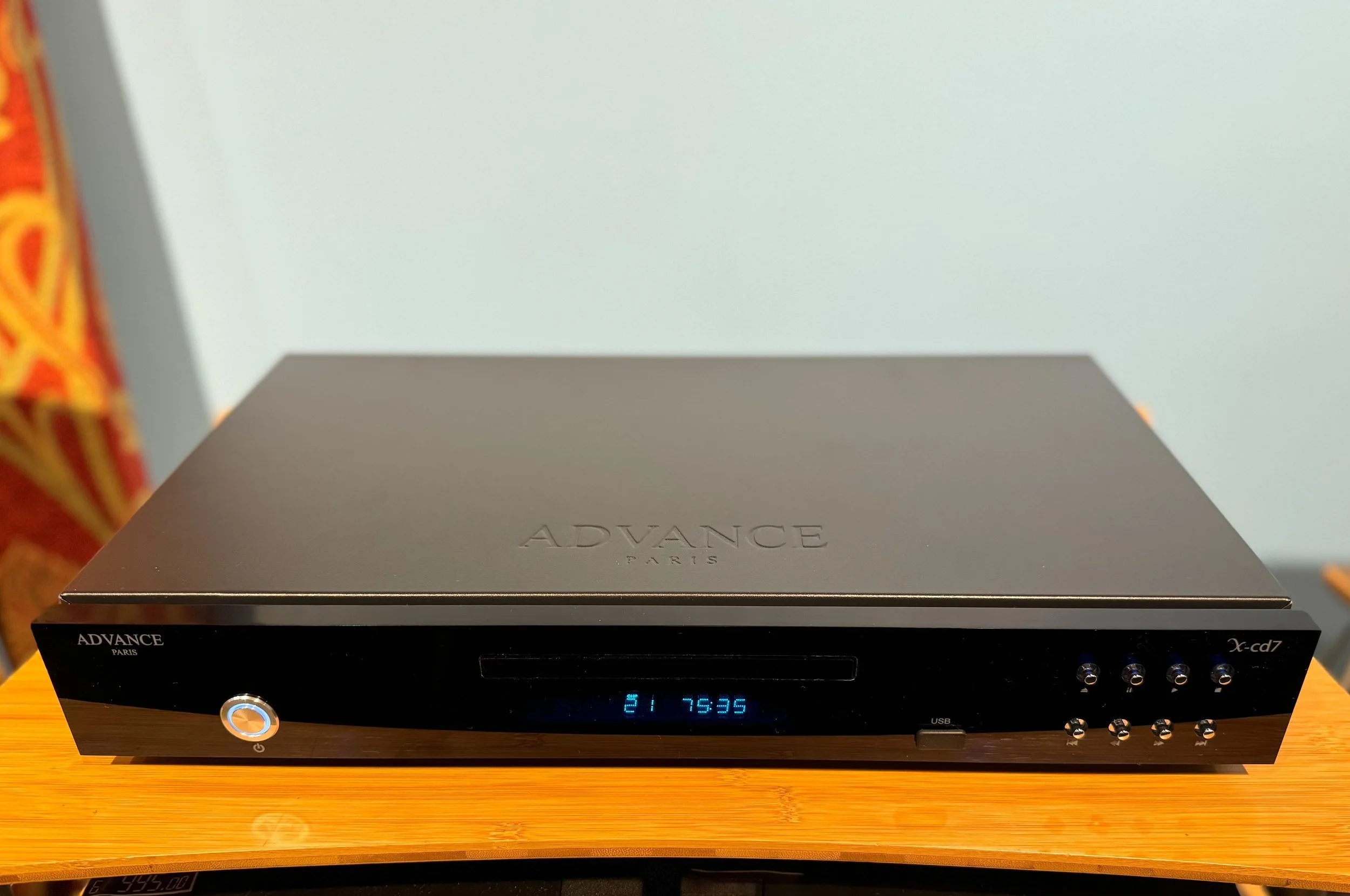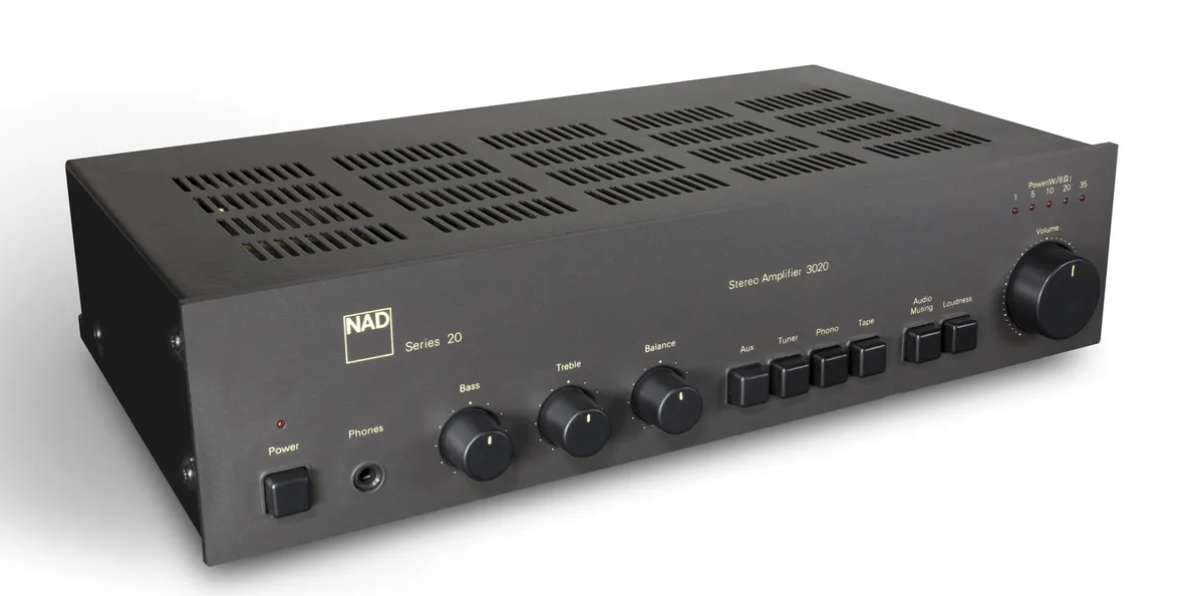All Hail Rega! Over five decades of quality record players - (Part 1 of a 2 part turntable special)
/Hi folks, and welcome to this month’s article from us here at Audio T Brighton. Over the next month or so, we are going to be focusing the attention of our blogs solely on the venerable record player.
Our first instalment will consist of an overview of the extensive range of turntables from Rega - our trusty, Southend-made, English brand with an enviable track record (pun intended) of enabling music lovers to get the most from their vinyl playback. Part 2 will follow next month, but needless to say, we will be looking at the turntable options at the more exclusive end of the market and what additional qualities they bring to the party.
(Spoiler Alert: We will be including the Rega Planar 10 and their latest offering, the Rega Naia. Both of which have been written about in earlier Audio T blogs. If you haven’t already read them, hold onto your hats and links shall be forthcoming.)
So, onto this month’s subject… The offering from Rega, including: the Planar 1, Planar 1 Plus, Planar 2, Planar 3 and Planar 6.
Here goes!
Who are Rega?
rega wall-display here at audio t in brighton
I thought it might be worth writing a few lines about Rega using broad brushstrokes only to give an outline of the company’s origins.
Rega Co-Founder and Owner, Roy Gandy (Credit: Rega Research)
I think engineering just happened to be something necessary in my life - Roy Gandy.
As an avid music lover from early on in life, Roy Gandy’s desire to listen to music through a decent hi-fi system proved a catalyst in his drive to engineer the necessary equipment to do so. An initial desire to build an amplifier gave way to his home manufacturing of loudspeakers, all whilst holding down a full-time job at the Ford motor company. Moving onto his turntable designs, these evolved over a few years as he grappled with plinth and platter materials, motor and bearing design, sourcing a tonearm he thought worthy of his designs. On 1st July 1973, Roy Gandy and fellow businessman, Tony Relph formed Rega Research Limited, the name being formed from the first letters of their respective surnames. And so, the long, successful and ongoing story of Rega’s association with the manufacture of fine music playback equipment began.
In the rest of this blog we are going to focus on the conventionally shaped plinth varieties of Rega turntables…
Rega Planar 1 and Rega Planar 1 Plus
Rega planar 1 in white flanked by rega aya speakers at Audio T Brighton
Rega’s entry-level turntables, the Rega Planar 1 and Rega Planar 1 Plus, really are our benchmarks for a good quality, fine-sounding starter turntable, with good reason. Available in Matt Black, Matt White & Walnut, differences between the two variants are that the Planar 1 Plus is equipped with a built-in phono stage, facilitating a line-level output into amplifiers without a dedicated in-built phono stage, not uncommon in the era where CDs were all the rage and manufacturers thought vinyl was a dead duck. The Planar 1 Plus phono stage is roughly equivalent to their Rega Fono A2D mini, which is a separate phono stage box with the added benefit of a USB output, should your amp have no phono stage or you desire to digitise your record collection.
For someone looking to get into vinyl playback, the Rega Planar 1 and Rega Planar 1 Plus are an ideal starting point, with ease of setup straight out of the box, a good quality Rega Carbon MM cartridge and a sound quality exceeding their price point and an infinite improvement from the likes of Crossley, who many won’t know, that are actually detrimental to the quality of your records.
Rega Planar 2 plus Carbon or ND3 MM cartridge...
The Rega Planar 2 is a good step up from it’s younger siblings. Equipped with an improved RB220 arm, a superior glass platter and a more substantial bearing assembly, the Rega Planar 2 allows upgrade potential to the user via improvements in the cartridge options that can be fitted to the arm.
The Rega Planar 2 has always come fitted with a Rega Carbon MM cartridge as standard, which is great if you’re on a budget. However, the good news for upgraders is the addition of a brand new range of Rega MM cartridges; the Rega ND3, ND5 and ND7. Now available as a factory-fitted option, the Rega Planar 2 with ND3 cartridge is a huge upgrade on its predecessor, what we might sonically describe as a no-brainer, especially as when bought this way you save a good chunk of change.
Rega Planar 2 in gloss black with a rega carbon cartridge at Audio T Brighton
Rega Planar 3
The Planar 3 is an old stalwart of the Rega turntable range and can almost single-handedly be lauded for the Rega boom of the 1980s. I myself am the proud owner of an original 80s Rega Planar 3, with its groundbreaking (for the time) one-piece RB300 tonearm.
The Planar 3 or Rega P3, as it has been known, is where record playback gets more serious. The current Rega Planar 3 has had numerous engineering improvements over the five decades of the company’s existence and in its current form, in our humble opinion, is the best turntable on the market in its price category… But don’t just take our word for it. Check out the numerous industry awards it has won here.
The latest RB330 arm, improved bearings, thicker platter, additional bracing, plinth material construction and a much quieter motor, have all made cumulative gains in sound quality. The current deck also allows for a Rega Neo power supply upgrade, allowing an even more stable, quiet power supply, with the added benefit of push-button speed change between 33/45 rpm. Throw in the latest generation of Rega MM cartridges; the ND3, ND5 and ND7 all push the performance envelope of the Rega Planar 3 to previously unheard heights.
Rega planar 3 in gloss red at Audio T Brighton
Rega Planar 6
The Rega Planar 6 offers another performance leap over the already exceptional Planar 3. The plinth used now has an aeronautical foam construction, which is both very stiff and extremely light, meaning that unwanted acoustic energy struggles to be stored - remember Newton’s Laws from school? Well, probably not! But to summarise, Rega’s philosophy is that unwanted acoustic energy stored in the plinth can only transfer through to the arm and cartridge, to the detriment of musical playback sound quality, so it goes that reducing energy storage has numerous sonic benefits. In addition, the tolerances in the arm bearings on the Planar 6 are tighter and the platter is now a more rigid, composite glass which is peripherally weighted to aid with speed stability. Finally, the Planar 6 comes with the Rega Neo 2 power supply as standard, with the previously mentioned benefits it bestowed on the Rega Planar 3.
Rega planar 6 with regA ania cartridge at Audio T Brighton
To be honest, at this level of record playback quality, one needs to seriously consider the Rega Aria phono stage to gain the most out of the Planar 6. The Rega Aria is a high-quality MM/MC phono stage, allowing the user to incorporate Rega’s fine range of moving coil cartridges; the Ania, Ania Pro and Apheta 3. The benefits of moving-coil cartridges over moving-magnet cartridges need to be heard to be believed - the tonal colours and textures are simply mesmerising.
So what have we learned so far?
Rega have been making turntables for over 50 years, establishing a name for sound quality, reliability and serviceability in the process. They are certainly a go-to recommendation when customers walk into our Audio T store in Brighton looking for a turntable. Starting at an affordable price for the Planar 1 and moving up the range as your record collection and experience grows, the Rega Planar family of turntables really are a must-listen if you are serious about spinning the black disc.
As always, the proof of the pudding is in the eating, so get in touch to book a demonstration.
Thanks for reading.
Adey, John & Paul - Audio T Brighton
If you have any questions about any of the equipment featured in this article, or any other Hi-Fi or home cinema enquiries, be sure to Contact Us.
If you’ve enjoyed this, why not go ahead and read some more of our other blogs, and be sure to follow us on our social media channels below…
Rega can be found at the following Audio T stores












